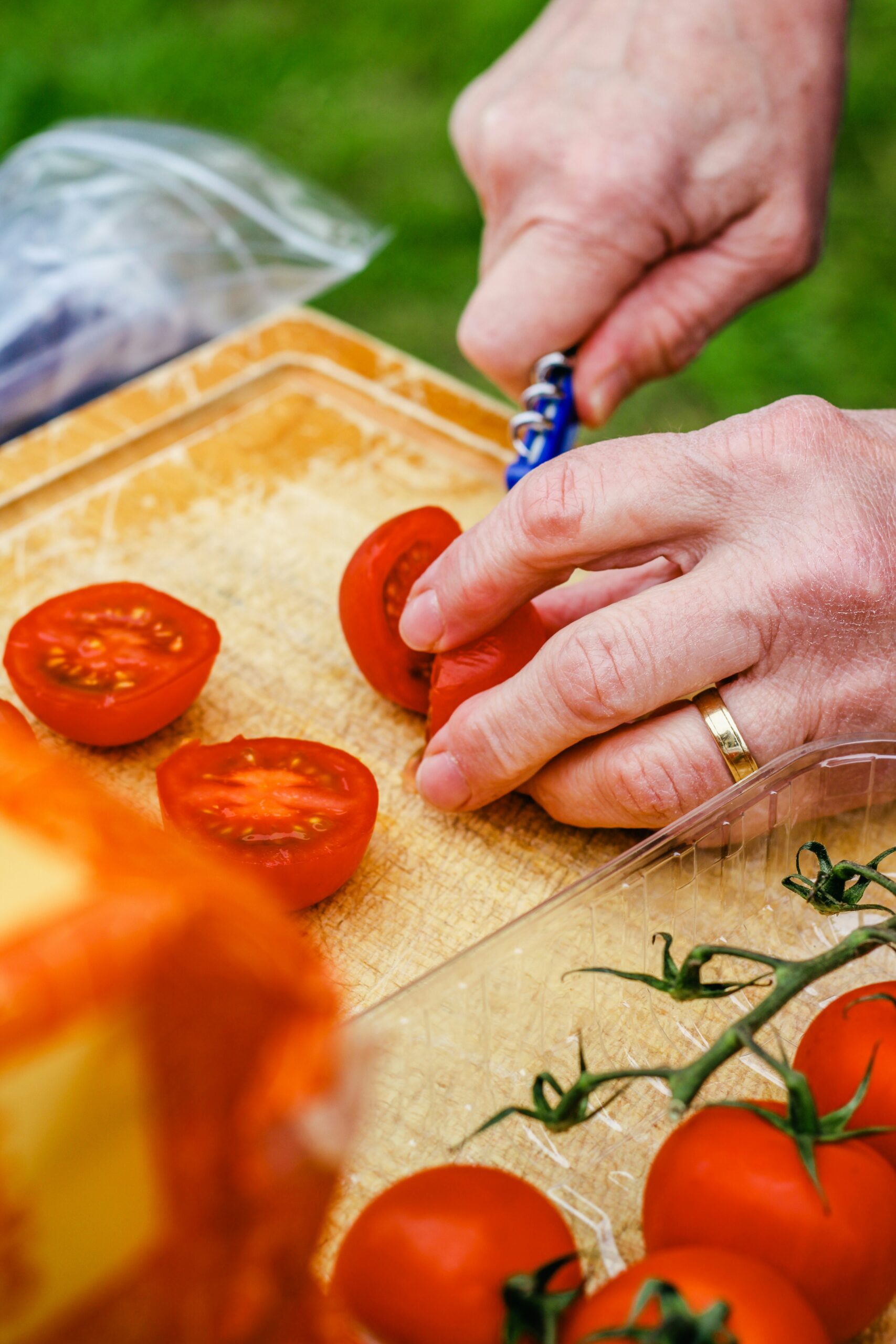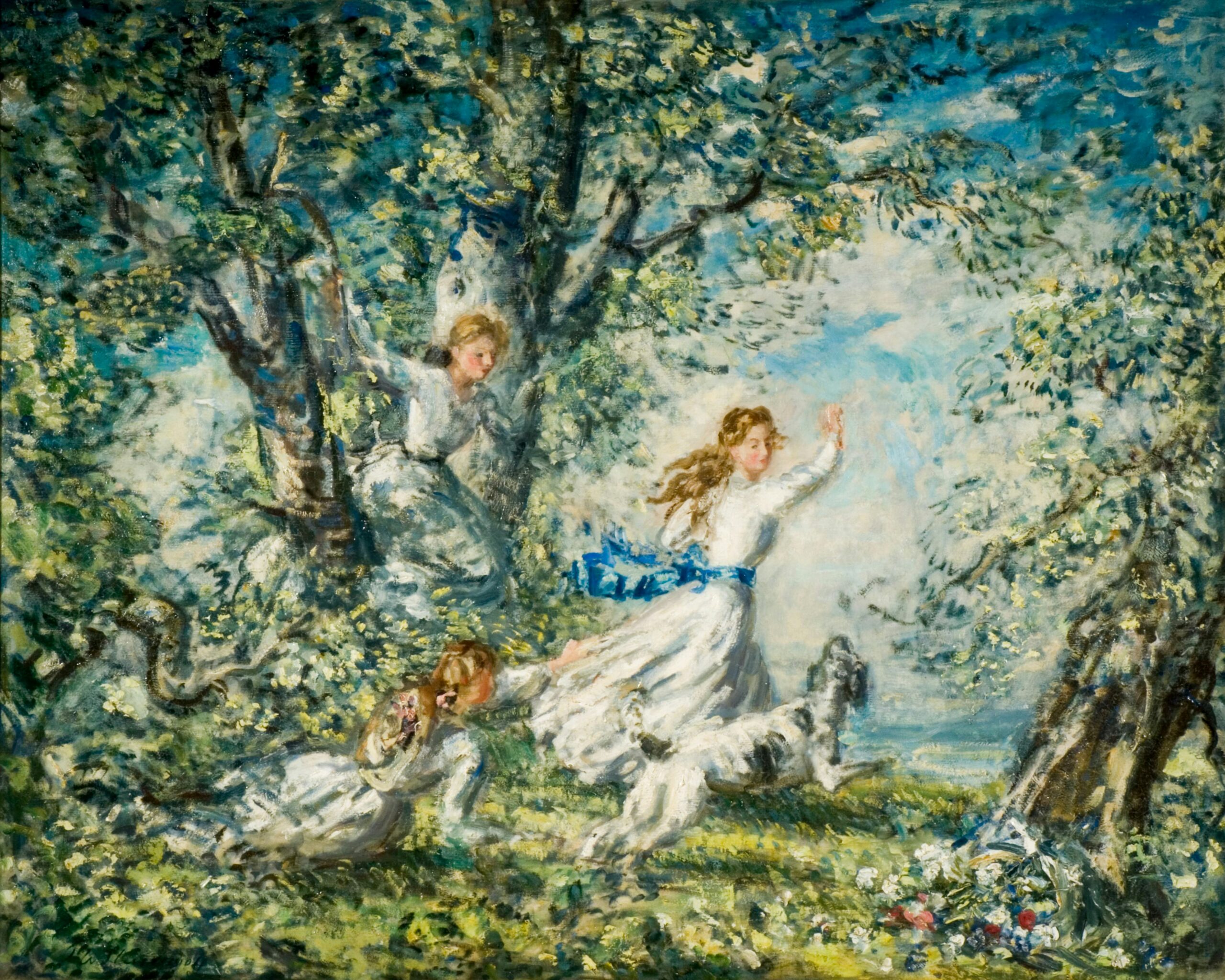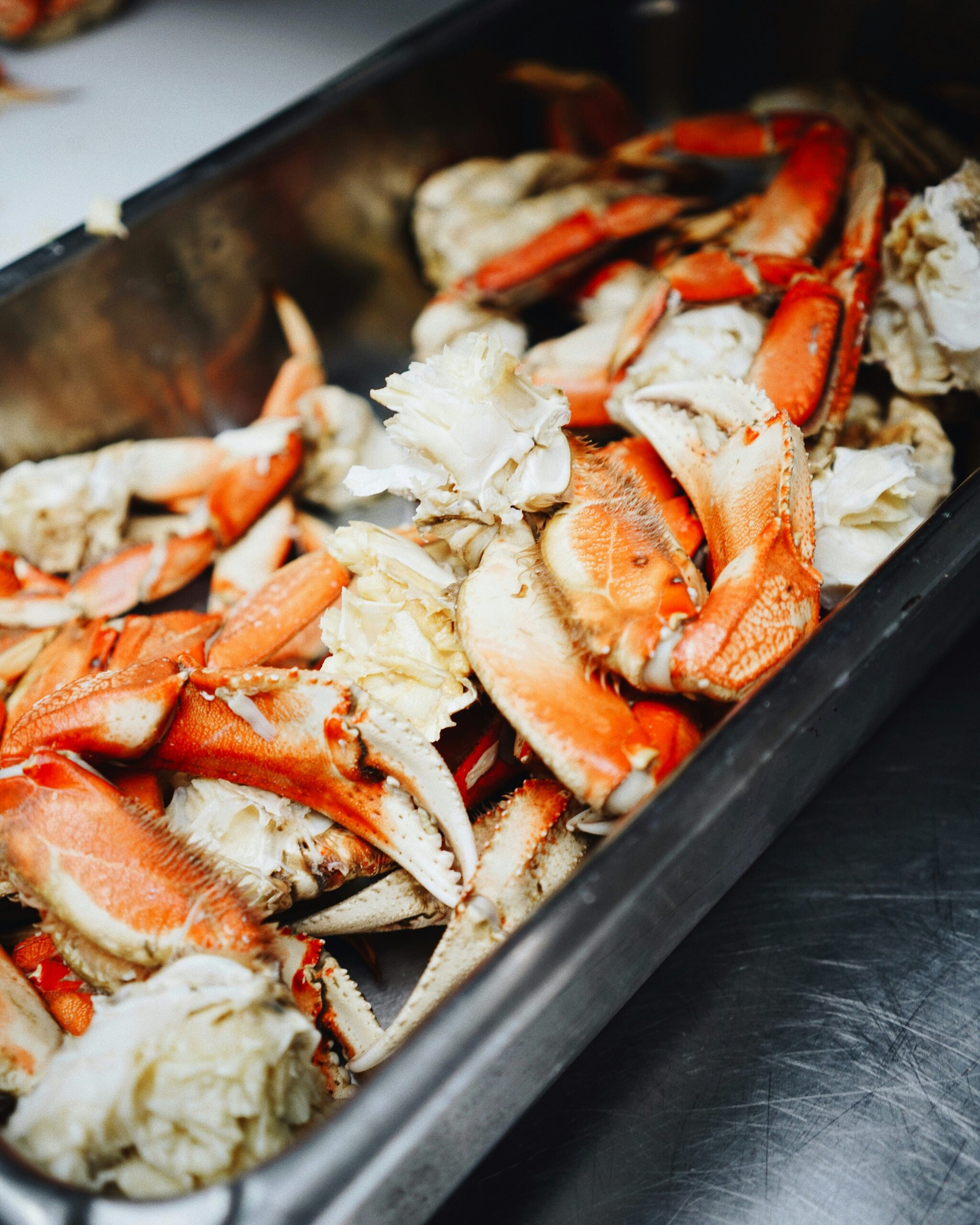Savor the Flavors of Tradition with Heirloom Family Recipes
Every family has that one recipe—maybe it’s grandma’s famous cherry pie or uncle Joe’s secret chili—that gets passed down like a cherished heirloom. It’s these recipes that weave the fabric of our family history, binding generations together through the shared experience of cooking and dining. There’s something magical about the idea of food being a vessel for memories, transmitting not just flavors but stories, traditions, and even a bit of nostalgia. Each bite can evoke a sense of belonging, a glimpse into the past, and for many, it’s a comforting reminder of home.
The Importance of Heirloom Recipes
Heirloom recipes are more than just a collection of ingredients and instructions; they embody the essence of family culture and heritage. Often, they come with a backstory—perhaps they originated in a small village in Italy or were learned from a neighbor who had a knack for spices. These recipes can reflect the geographical, cultural, and social context of a family. They can also showcase the evolution of cooking techniques, ingredients, and tastes over the years. (I remember my mother telling me about how her grandmother adapted her recipes during the Great Depression, using what was available rather than what was traditional.)
In an age where fast food and convenience meals dominate, heirloom recipes invite us to slow down and appreciate the artistry of cooking. They encourage us to gather around the table, share stories, and make memories. But what exactly makes these recipes so special? Let’s dive deeper.
Generational Bonds
One of the most profound aspects of heirloom recipes is their ability to connect generations. Picture a young child standing on a stool, eyes wide, as they watch their grandmother knead dough for homemade bread. That child isn’t just learning how to bake; they’re absorbing family history, cultural identity, and culinary skills that have been honed over decades, if not centuries.
Many families have rituals surrounding these recipes—think Sunday dinners where everyone gathers to roll out pasta together, or holiday feasts where certain dishes must be present to honor family traditions. It’s through these shared experiences that bonds are strengthened. According to Dr. Anna Kalinowski, a cultural anthropologist, “Food creates a sense of belonging like nothing else can. When we break bread together, we are not just sharing a meal; we’re sharing a part of ourselves.”
Preserving Cultural Heritage
Heirloom recipes also serve as a bridge to our cultural roots. For immigrant families, these recipes become a lifeline to their homeland, a way to maintain a connection to their cultural identity. When my friend Maria, whose family hails from Mexico, prepares her grandmother’s mole, she’s not just making a meal; she’s preserving her family’s heritage and sharing it with a new generation. Each ingredient tells a story—of family gatherings, of celebrations, and of the heartache endured in a new land.
Moreover, as cultures blend and evolve, heirloom recipes can adapt too. For instance, a traditional Irish stew may incorporate ingredients from local markets in America, reflecting a fusion of culinary traditions. It’s a beautiful example of how food evolves but still retains its essence—like a family trying to adapt while still holding onto its roots.
Finding and Documenting Heirloom Recipes
As we explore the world of heirloom recipes, it’s essential to think about how we can preserve them. Many families have recipes scribbled on worn index cards or tucked away in the pages of an old cookbook. But with the digital age upon us, it’s easier than ever to keep these culinary treasures alive.
Here are some tips for uncovering and documenting your family’s heirloom recipes:
- Talk to Family Members: Start by having conversations with older relatives. Ask about their favorite dishes and how they learned to cook them. You might be surprised by the stories and history that accompany each recipe.
- Cook Together: If you have the opportunity, cook these recipes with your family members. This hands-on approach not only helps you understand the techniques but also creates new memories.
- Document Everything: Write down or record the recipes, including any personal notes or anecdotes. Consider creating a family cookbook that can be passed down through generations.
- Use Technology: Consider scanning old recipe cards or taking photos of the dishes. There are many apps designed for recipe storage that can help keep everything organized.
Recreating the Magic
Once you’ve gathered your family’s heirloom recipes, it’s time to recreate the magic in your kitchen. But, as any home cook knows, it’s not always as simple as following the directions. Some recipes may lack specific measurements or cooking times (I’ve often been left scratching my head wondering if “a pinch” really meant a pinch or a handful). Here’s where your creativity and intuition come into play. Don’t be afraid to adapt a recipe to suit your taste or dietary needs. After all, cooking is as much about personal expression as it is about tradition.
When I made my grandmother’s chicken soup for the first time, I was astonished at how many variations I ended up trying. The first batch was too salty, the second too bland, and by the third, I was convinced I had finally channeled her spirit. The key is to taste as you go. Cooking is not a science experiment; it’s an art form, and you are the artist.
Celebrating Family Recipes Through Food Events
One of the most delightful ways to honor heirloom recipes is through food events. These gatherings can take many forms—family reunions, community potlucks, or even contests that celebrate regional specialties. Participating in these events provides the perfect platform to showcase family favorites while also learning from others.
At a recent community potluck, I brought my mother’s famous lasagna, a recipe that has been in our family for decades. As I watched people enjoy it, I felt a rush of pride and warmth, knowing I was sharing a piece of my family’s history. It’s moments like these that reinforce the importance of food in our lives—a simple dish can spark conversations, evoke laughter, and even create new friendships.
Food Festivals and Heirloom Ingredients
Beyond family gatherings, food festivals are another excellent avenue to explore heirloom recipes. Many regions host events that focus on local produce, traditional dishes, and heirloom ingredients. For instance, the Heirloom Tomato Festival in California celebrates the diversity of tomato varieties while showcasing the best heirloom recipes that feature this beloved fruit.
Attending these festivals not only allows you to taste a variety of dishes but also connects you with local farmers and chefs passionate about preserving heirloom ingredients. (I once met a farmer who grew 30 different types of heirloom tomatoes—talk about a tomato lover’s dream!) The stories behind these ingredients are often just as rich as the recipes themselves, and they add another layer of depth to the culinary experience.
Challenges in Preserving Heirloom Recipes
Of course, preserving heirloom recipes isn’t without its challenges. In many families, recipes are passed down verbally, which can lead to variations over time. As I’ve learned, a “dash of salt” can mean different things to different cooks. This can result in a dish that tastes markedly different from the original, which might leave some family members scratching their heads (or taste buds).
Additionally, as families evolve and live further apart, the opportunity to cook together may diminish. The younger generation may not have the same connection to these recipes, leading to a loss of culinary heritage. To combat this, it’s essential to instill a sense of pride in cooking and to share stories behind the recipes. Encouraging younger family members to get involved in the kitchen is crucial; after all, they are the next guardians of these culinary legacies.
Modern Twists on Heirloom Recipes
In today’s culinary landscape, many chefs and home cooks are putting modern spins on heirloom recipes, infusing them with contemporary techniques and ingredients. This doesn’t mean altering the essence of the dish but rather celebrating its roots while making it relevant for today’s palates. For example, consider the classic meatloaf. Traditionally a comfort food staple, it can be reinvented by incorporating quinoa or lentils for a healthier twist. It’s a way to honor the past while embracing the future.
As you experiment with your family’s recipes, think about how they can evolve. Maybe you add a new herb, try a different cooking method, or even serve it with an unexpected side. It’s all about finding that balance—respecting the original recipe while allowing it to grow and change with you.
Final Thoughts on Heirloom Recipes
Heirloom family recipes are a treasure trove of tradition, culture, and memory. They serve as a reminder of who we are, where we come from, and the connections that bind us. In a world that often seems to be racing forward, these recipes beckon us to pause, reflect, and savor the flavors of our past.
So the next time you find yourself in the kitchen, consider reaching for that old recipe card or calling up a family member for a cooking lesson. Embrace the imperfections, the stories, and the love that come with each dish. After all, cooking is not just about nourishment; it’s about creating a legacy, one delicious bite at a time.




